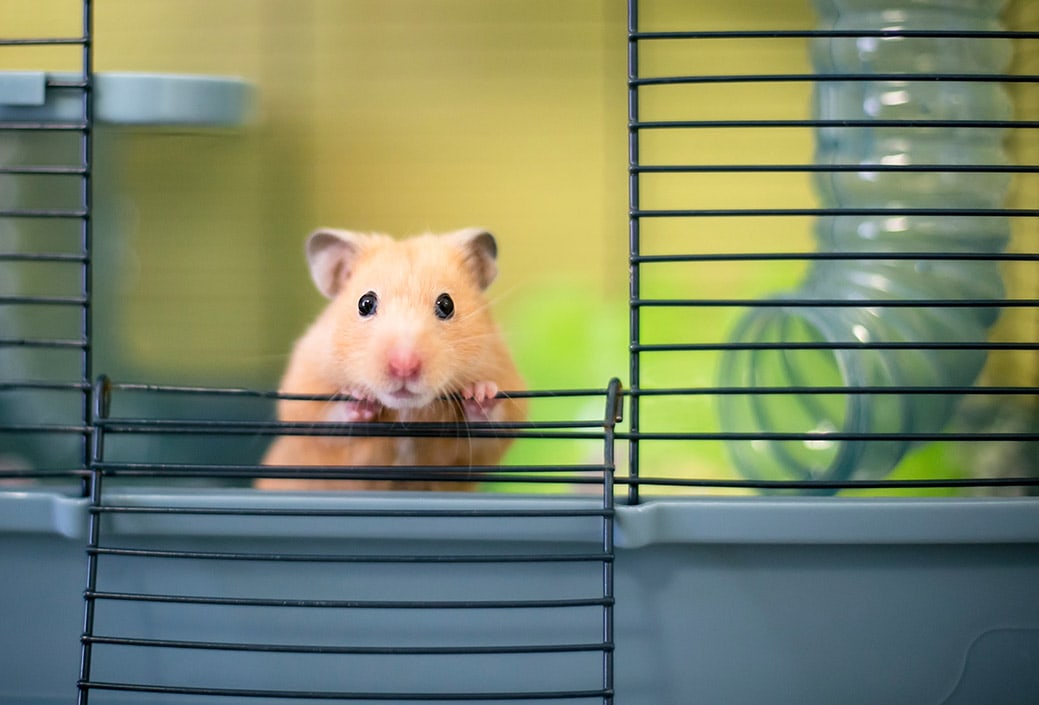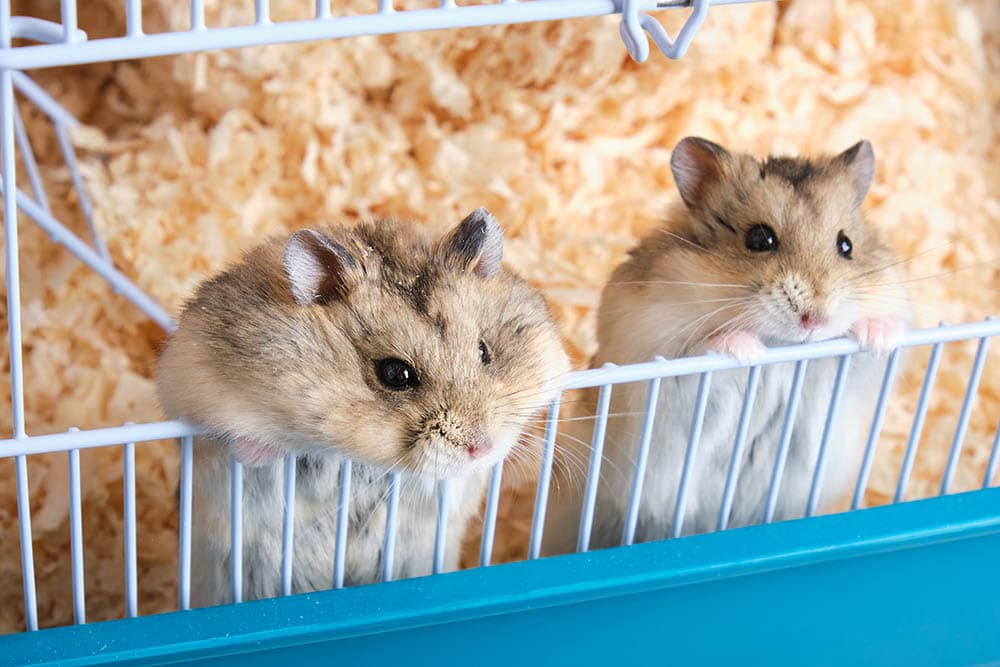
Hamsters are great pets, but if you don’t control where they go to the bathroom, you may find that they can create quite an odor, and you’ll spend a lot of your time cleaning out their cage and replacing the bedding. Luckily, hamsters are smarter than many people give them credit for, and you can train them to do several tricks, the most important of which is using the litter box. If you have a hamster that can benefit from training, keep reading while we provide you with a step-by-step tutorial for training your hamster on how to use a litter box.
How to Potty Train Your Hamster in 5 Steps
1. Purchase a hamster potty
The first thing you will need before you can begin potty training your hamster is a hamster potty. There are plenty of brands available online, and almost anyone will work fine as long as you follow a few guidelines.
Hamsters like to pee in the corner of their cage, so you will need a potty that fits snuggly in this area. We recommend the triangle-shaped bathroom because it will fit better than the round type, so it will be easier to train your pet to use.
While not as important as fitting into the corner, a lid over the potty will help your hamster feel more secure. Your hamster will prefer the potty’s protected space over the unprotected space it usually uses, so it will be easier to train it to use the potty.

2. Fill with a substrate
Next, you will need to place a substrate in the bottom of your hamster potty. Sand is ideal because it’s heavy and will prevent the potty from tipping over or moving around while your hamster is getting in and out. If it’s too light, your hamster might knock it out of the corner and will return to peeing outside the potty. Your pet can also dig into a sand substrate, something it likes to do while using the bathroom. If you don’t have sand, you can use paper or wood, but keep an eye on the potty, so it doesn’t move.
3. Add litter pearls
You will need to add a few litter pearls to your substrate, and you will want to bunch them in the corners of the potty for best results. Litter pearls are a special litter for small animals. It’s highly absorbent, and some brands claim it can hold ten times its weight in moisture. These pears also have an odor that lets the pet know it should use this area as a litter box. It’s not very expensive, and a single bag should last a while since you only need a few pearls at a time.

4. Clean the cage
Pay attention to where your hamster last peed, and then clean the cage to remove all traces of pee but save a bit of the peed-on substrate for later. Many people will instead absorb a small amount with a paper towel, and that is fine too. Your hamster uses scent to know where to go, so you need to eliminate the scent in all areas besides the potty. A commercial small pet disinfectant can help eliminate the odors and ready the cage for training.
5. Place the potty in the cage
Once you sanitize the cage properly, you can install the potty. Install it in the corner of the cage, as we mentioned earlier. Try to place it in the same corner your hamster last used for the best chance of success. Place the used substrate or paper towel into the potty to alert your hamster where to go. Your hamster should small the urine and use the potty next time it needs to go.

What if the potty doesn’t work?
This method is not always effective on the first attempt, and it could take several weeks for your pet to catch on. While you are waiting, you will need to keep the cage clean and keep moving the potty to the corner your hamster last used. If you have patience, you will be successful, and your hamster should continue to use it for the remainder of its life.
My hamster only urinates in its potty—what should I do?
Unfortunately, hamsters cannot control where they poop and will usually do it where they sleep. However, using a sand substrate will make it easy to pick up, and containing the pee in one area will help reduce the odor coming from the cage and make it easier to clean.

My hamster stopped using the potty—what now?
Your hamster should use the potty for the remainder of its life. The most common reason they go outside its designated area is that the potty is dirty and needs cleaning. The type of substrate you use and how much you put into the potty will affect how many times your pet can use it before it needs changing. The pearls will absorb plenty of fluid, but they have their limitations and usually turn into a gel when you need to replace them.
If your pet is suffering from high anxiety, they may go outside the potty. If you keep it clean, but the hamster is not using it, look for things that might be causing stress, like loud noises or an aggressive dog or cat that’s been stalking it.
- You may also like to read: Why is My Hamster Losing Hair? 5 Common Reasons
Summary
Teaching your hamster to use the potty is the best way to reduce the cage’s odor. It also makes it much easier to clean since all fluids stay in one removable section. Cleaning the potty is not difficult, and a bag of litter pearls will last you several months. The sooner you get started training your pet, the easier it will be to teach your pet new habits, but this method will work with hamsters of any age.
We hope you have enjoyed reading over this tutorial and learned how to make a better environment for your pet to enjoy. If you are going to try this method, please share our guide to potty training your hamster on Facebook and Twitter.
Should you get a hamster or a gerbil? Our guide has more!
Featured Image Credit: Vinicius R. Souza, Shutterstock










